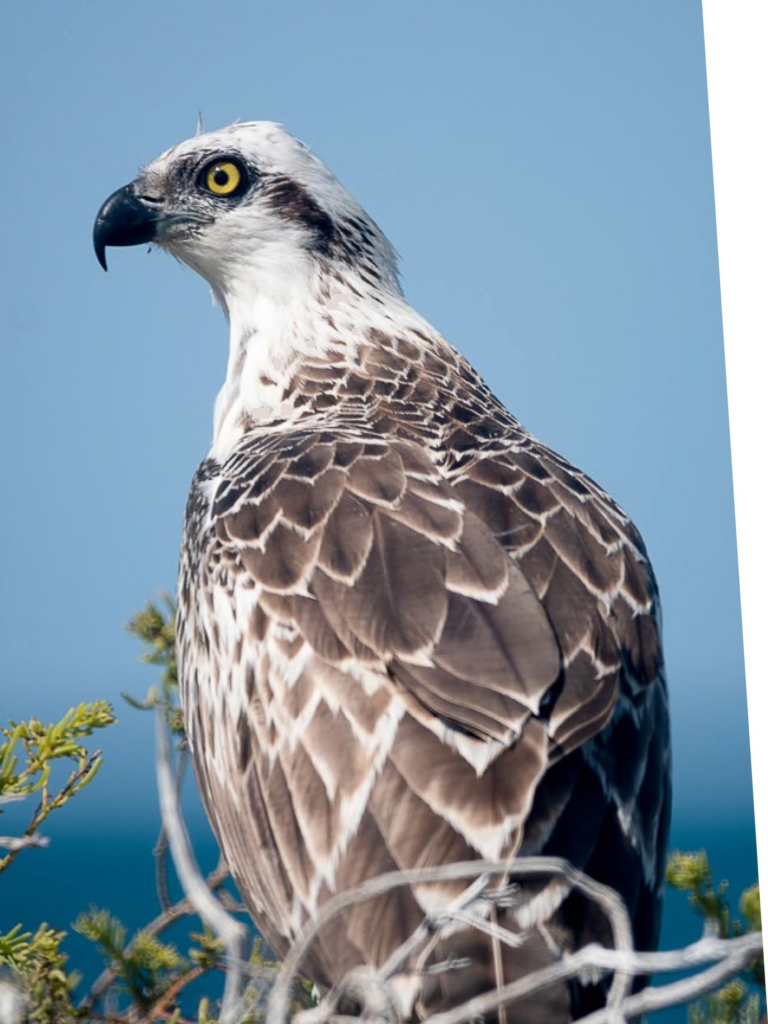Born in 1992 in Port Sudan, Sudan, lives and works in West Yorkshire, United Kingdom
Two Islets
2024
Hiba Ismail is a field researcher and artist who works with objects, sound, and video to produce compositions that explore, catalog, and archive would-be artifacts and object-subjects of natural history. She employs listening as an approach to observing the degrees of intimacy between people, the places we inhabit, and the choreographies of our bodies meeting these geographies as independent bodies. Recent commissions include a sound work for the Red Sea Museum, Jeddah (2024) and An Ostentatious Paperweight That May or May Not Be the Real Thing (2021), supported by the Arab Fund for Arts and Culture.
Two Islets is a body of work that considers the use of indexes and footnotes as a praxis in which ancillary information is reconsidered to carry corporeal weight. Using an ongoing archive of sonic field recordings and images as a starting point to produce a composition, Ismail’s practice involves gathering extensive field recordings and images working between the Red Sea and its surrounding areas, resulting in an index of recordings and photographs. The most recent recordings took place on the Suakin Archipelago and multiple locations off the east coast of Sudan. Her work meditates on questions of how the pursuit of knowledge and sovereignty has been infused with dynamics of exclusionary social and national regimes. She seeks to find how art can provide an antidote that positions deep reciprocities in a hostile climate. Ismail reorients the themes of property and extraction away from metaphors of materiality through alternative modes of seeing and listening. Her work is informed by the writing of Édouard Glissant, whose concept of “rhizomatic thought” sees every identity being realized through a relationship with the Other. The process of collecting audio material similarly presents an attempt to understand our relationship to the environment, drawing parallels between contemporary politics, archaeologies, and the natural histories of the earth. Ismail’s research work began around the motif of ornithology and the politics of “recording the field” as a postcolonial exercise in subversion. She consolidated the extensive catalog of archipelago sounds into an audio composition developed in collaboration with sound designer Panos Chountoulidis.



